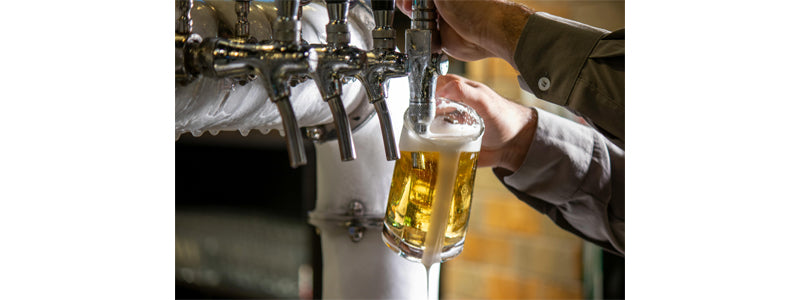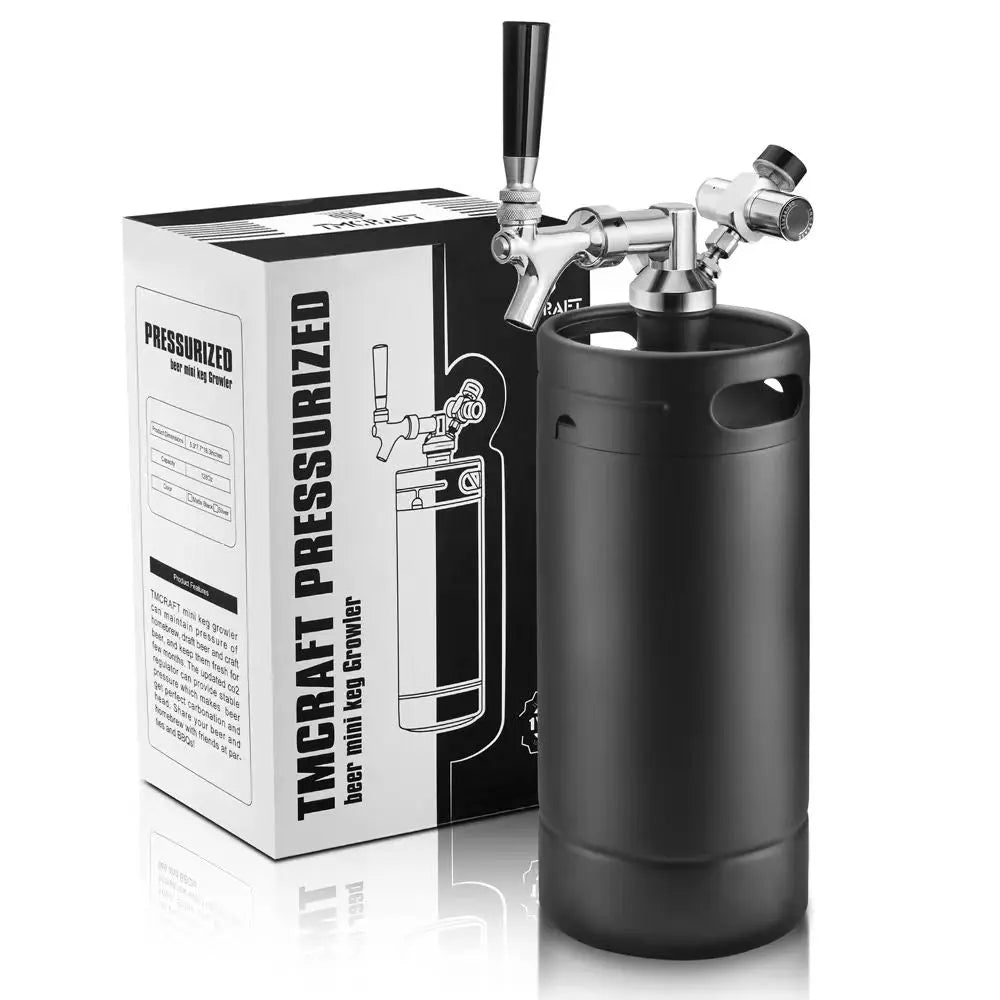
How Long to Carbonate Beer in a Keg: A Guide for Homebrewers
Carbonating beer in a keg is a crucial step in the homebrewing process, and getting it right is essential to achieving the perfect flavor, mouthfeel, and appearance. Whether you’re a seasoned homebrewer or a beginner, understanding the carbonation timeline and process will help ensure consistent and satisfying results.
In this blog, we’ll explore the methods of keg carbonation, how long each method takes, and tips for achieving the ideal level of carbonation for your brew.
Methods of Carbonating Beer in a Keg
There are two primary methods for carbonating beer in a keg: force carbonation and natural carbonation. Each method has a different timeline and process.
1. Force Carbonation (Quick Method)
Force carbonation involves injecting CO2 gas directly into the keg, allowing the beer to absorb the gas quickly. It’s the most popular method for homebrewers looking for faster results.
Steps for Force Carbonation:
- Chill your beer to approximately 38°F (3°C). Cold beer absorbs CO2 more effectively.
- Connect your CO2 tank to the keg and set the regulator to the desired pressure, typically around 30 PSI for fast carbonation.
- Shake or roll the keg gently for 5-10 minutes to help the CO2 dissolve into the beer.
- Lower the pressure to 12-15 PSI for serving and let the keg sit for 24-48 hours to stabilize the carbonation.
Timeframe: With the quick shake method, carbonation can be achieved in as little as 24-48 hours. However, letting the keg rest for an additional day or two improves the beer’s overall balance.
2. Slow Force Carbonation
For those who prefer a more hands-off approach, slow force carbonation allows the CO2 to naturally infuse into the beer over several days.
Steps for Slow Force Carbonation:
- Chill your beer to the desired serving temperature.
- Set the CO2 regulator to 12-15 PSI (or the desired pressure for your beer style).
- Leave the keg undisturbed in the fridge.
Timeframe: This method takes approximately 5-7 days but results in a more evenly carbonated beer with minimal effort.
3. Natural Carbonation (Using Priming Sugar)
Natural carbonation involves adding priming sugar to the beer before sealing the keg. The residual yeast in the beer ferments the sugar, producing CO2 that carbonates the beer.
Steps for Natural Carbonation:
- Boil and dissolve priming sugar (typically 2-3 ounces per 5 gallons) in water and add it to the keg.
- Transfer the beer to the keg, seal it, and let it sit at room temperature for 1-2 weeks.
- Once carbonated, chill the keg to serving temperature.
Timeframe: Natural carbonation typically takes 10-14 days but depends on the temperature and the yeast's activity level.
How to Know When Your Beer is Fully Carbonated
The level of carbonation depends on your beer style and personal preference. Lighter styles like lagers or wheat beers typically require higher carbonation (2.5-3.0 volumes of CO2), while stouts and porters are better suited to lower carbonation levels (1.8-2.5 volumes of CO2).
To check the carbonation level:
- Use a carbonation chart to compare temperature and pressure settings.
- Pour a small sample from the keg to test the mouthfeel and bubble level.
- Adjust the pressure and time as needed to fine-tune the carbonation.
Tips for Successful Keg Carbonation
- Chill Your Beer: Cold beer absorbs CO2 more effectively, speeding up the carbonation process.
- Avoid Over-Carbonation: Over-carbonated beer can result in excessive foam and a harsh mouthfeel. If this happens, reduce the pressure and purge the keg to release excess CO2.
- Be Patient: While force carbonation is faster, letting the beer sit for a few extra days often enhances its flavor and balance.
- Use Quality Equipment: A reliable CO2 tank, regulator, and keg system ensure consistent carbonation results.
Final Thoughts
The time it takes to carbonate beer in a keg depends on the method you choose and the style of beer you're brewing. Quick force carbonation can yield results in a day or two, while slow force carbonation and natural carbonation require more patience. By understanding the variables involved—like temperature, pressure, and beer style—you can fine-tune your process to create perfectly carbonated beer every time.
Happy brewing! 🍺

